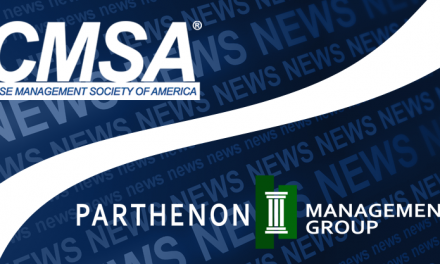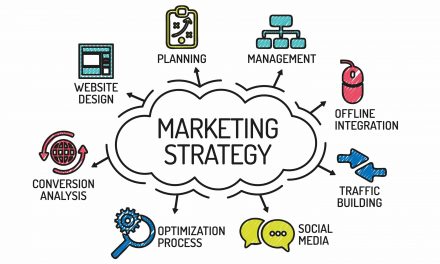The murder of George Floyd has resulted in demonstrations across the United States and worldwide, but we know that this event alone is not what prompted such an impactful response. This tragedy, along with several recent injustices and tragedies to black people, is forcing the bigger conversations and urgent calls to action that have been needed for far too long.
There is helpful information available so that we as individuals can act and support people of color, but as association managers, we also need to support our clients and members to ensure that our societies take action as well.
First and foremost, has your society established a stance and statement on this past week’s protests and ongoing conversation regarding racial relations? If not, we need to encourage and support our leadership to do so. After that, we need to make sure that our societies continue to do the work that is necessary to fully embrace diversity not only in their membership but also in their field and profession.

Blog By Tricia Sullivan
Project Manager
Many of PMG’s clients have Diversity Task Forces or initiatives that are helping to ensure that there is a commitment to diversity, equity, and inclusion. My client’s Diversity Task Force recently published a call to action in Schizophrenia Research. Gooding et al (2020) states, “As one of the premier scientific organizations, [we are] poised to assume a leadership role in modeling how best to embrace both diversity and inclusion in the conduct of its meetings and its science. We suggest the following actions:
- Present policy statements making diversity and inclusion a strategic priority in publications.
- Support the active participation of diverse members, especially those from underrepresented groups, at meetings, in symposia and other activities.
- Make language more inclusive to signify recognition and acceptance of different identities.
- Increase the sense of shared community within [our society] by participatory opportunities for individuals with lived experience.
- Create opportunities for international collaborations. Facilitate the sharing of knowledge across laboratories.
- Aim for representation of underrepresented groups at all levels of the organization.
- Include workshops regarding sharing strategies for innovative and culturally respectful strategies for the recruitment of underrepresented groups in research.”
We need to continue to support these initiatives and implement the changes necessary to accomplish these calls to action from our members. We must continue to educate ourselves so we can be supportive to people of color as individuals in our personal lives, but also take the necessary action that is important as association managers.






